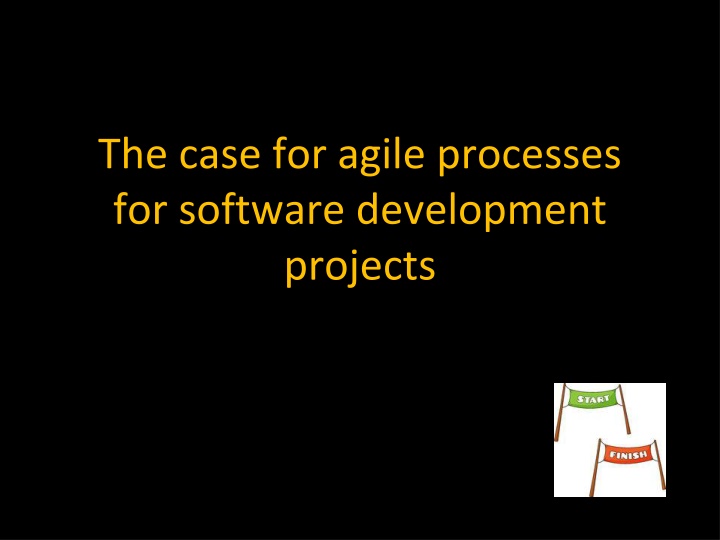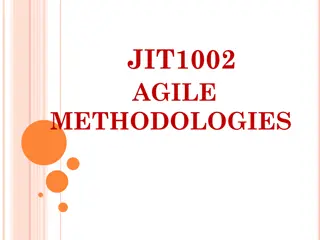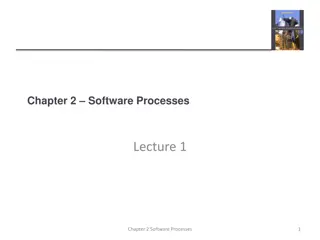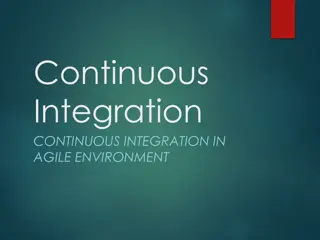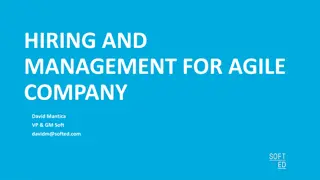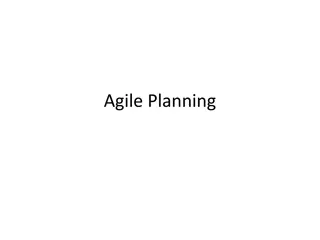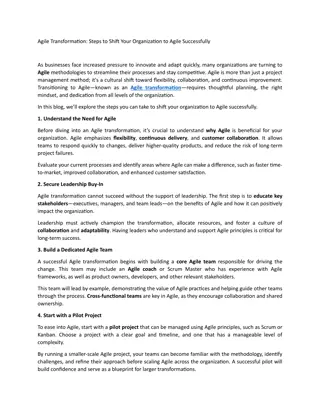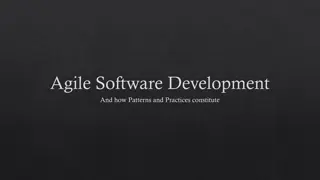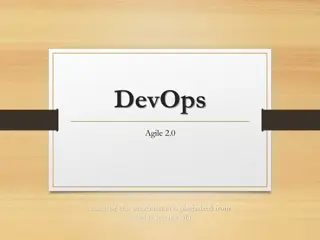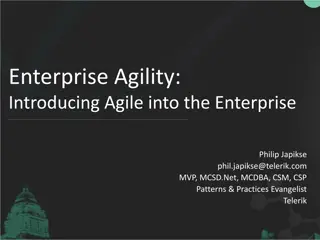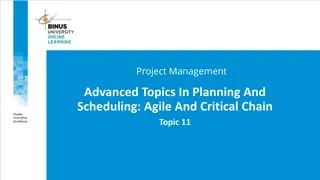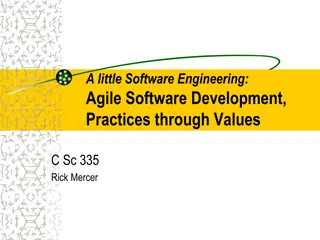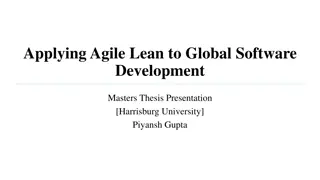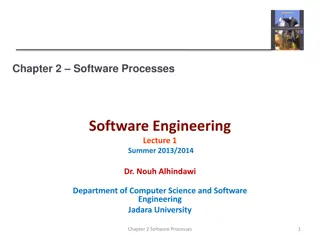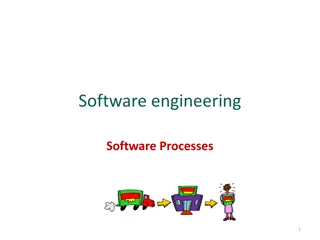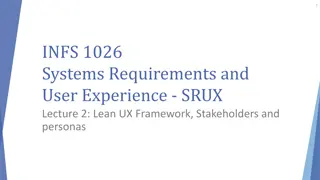The Case for Agile Processes in Software Development Projects
Agile processes in software development offer a flexible and collaborative approach to project management, allowing for iterative development, adaptability to change, and enhanced innovation. Traditional waterfall approaches, while suitable for well-defined and predictable projects, may result in drawbacks when applied to software development. Embracing variability and uncertainty in agile processes can lead to the creation of innovative solutions and improved project outcomes. The Agile Manifesto emphasizes prediction and adaptation, validated learning, and a focus on work in progress. By incorporating these principles, software development teams can optimize their processes for success.
Download Presentation

Please find below an Image/Link to download the presentation.
The content on the website is provided AS IS for your information and personal use only. It may not be sold, licensed, or shared on other websites without obtaining consent from the author.If you encounter any issues during the download, it is possible that the publisher has removed the file from their server.
You are allowed to download the files provided on this website for personal or commercial use, subject to the condition that they are used lawfully. All files are the property of their respective owners.
The content on the website is provided AS IS for your information and personal use only. It may not be sold, licensed, or shared on other websites without obtaining consent from the author.
E N D
Presentation Transcript
The case for agile processes for software development projects
Review Why do we need project plans?
Process models provide frameworks/approaches for organizing software development activities Traditional One pass/Sequential ( Waterfall ) Iterative/incremental Multiple passes Agile : XP, Scrum PSP/TSP Spiral
Traditional/Waterfall approaches are best suited for massive or infrastructural projects which are: well-defined Predictable unlikely to change during development SE-280 4 Dr. Mark L. Hornick
A Traditional/Waterfall model when applied to software development projects results in a serious drawback:
Variability & Uncertainty is a fact of life in Software Development Agile proceses: Embrace helpful variability to create innovative solutions Employ iterative and incremental development Leverage variability through inspection [review], adaptation, and transparency Reduce forms of uncertainty [features]
Prediction & Adaptation Keep options open Accept that you can't get it right up front Favor an adaptive, exploratory approach Embrace change in an economically sensible way Balance predictive up-front work with adaptive just-in-time work
Validated Learning Validate important assumptions fast Fail fast by having short dev cycles (sprints) Assume Leverage multiple concurrent learning Adapt Build loops stand-ups, reviews Inspect Feedback Organize workflow for fast feedback reviews, retrospectives
Work in Progress (WIP) Use economically sensible batch sizes Short sprints Recognize inventory [work] and manage it for good flow Focus on idle work, not idle workers Reduce cost of delay
Progress Adapt to real-time information and replan Measure progress by validating working assets Focus on value-centric delivery
Performance Go fast but never hurry Build in quality Employ minimally sufficient ceremony
Comparing Process Models Traditional (Waterfall) Incremental (Scrum/others) Iterative, team experience, integrated customer Short cycles to provide monitoring, make improvements Planning model Upfront, track and adjust Quality management Explicit focus on defects after release Final product definition Schedule target, defined Flexible, adaptive
Summary/Review The case for the waterfall/predictive models Advantages of agile Principles behind scrum
